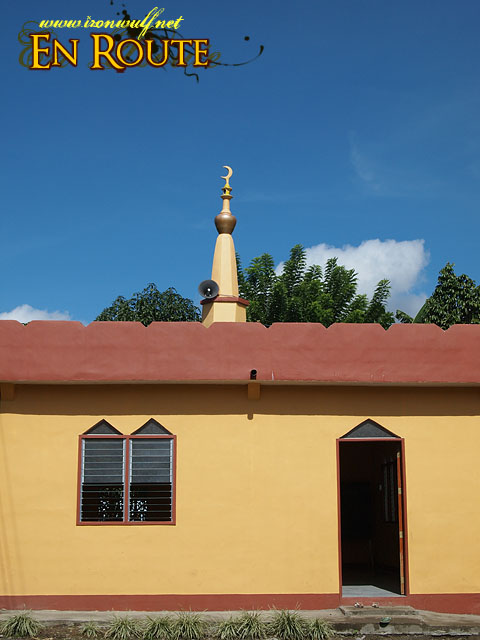
I was careful not to step into the water getting as close as possible to capture my subject. It was early morning and the light was perfect. The placid water only interrupted by the slow moving boat while a gentle mist lifts up on its surface. A boy, probably at least ten in age, sitting on the edge of the lake signature narrow boats was tending the nets. It’s a familiar scene on this part of the world known as Lake Sebu, yet a welcome and relaxing sight for a city dweller like me.
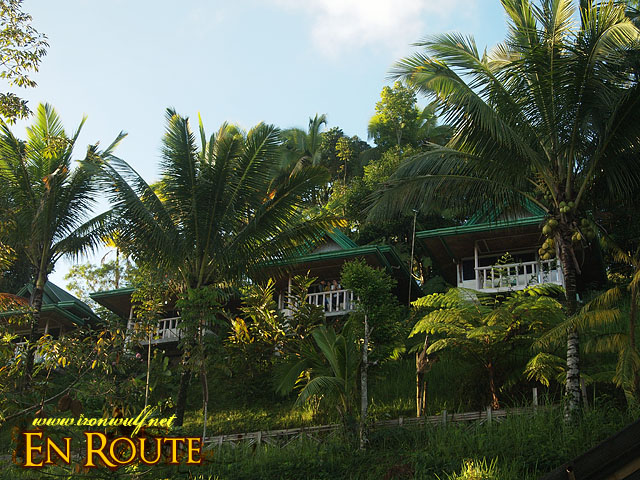
Estares Resort
We wanted to be as close to the lake as possible so we booked our group at Estares Resort, one of the pioneering resorts in Lake Sebu. In a place where communication lines are a bit of a challenge, Estares was also quick to answer to my queries. Their place is nice, not the best views (Punta Isla got that) but they have better rooms and riverside cottages. And for me they have better tasting food (their chicharon tilapia is so good).
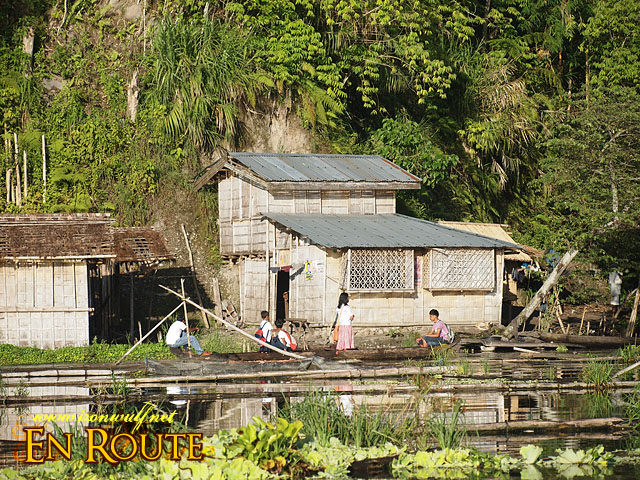
Boat Tour at the Lake
We took an early morning boat ride around Lake Sebu (P400 for the whole boat), the largest lake in the area which the municipality also got its name. It’s also an important watershed in the country and water source for nearby provinces. It’s amusing to see the communities around the lake stirred and waking up. There is a loose traffic from boats rushing to get to shore. Aboard the boats are students in school uniforms. And along the way are familiar sights of fishermen tending to their fish farms.
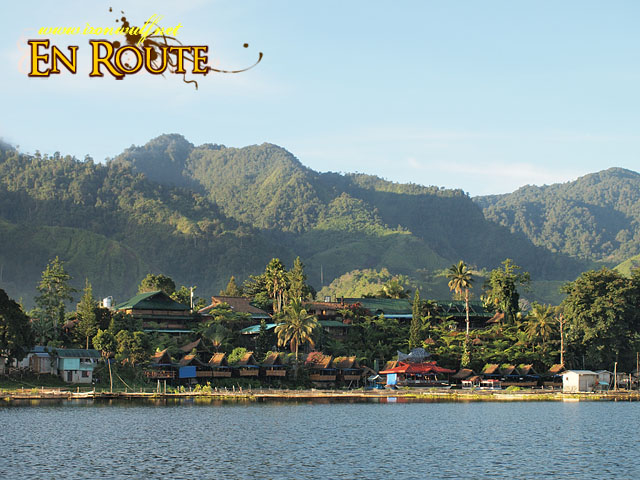
Walking to Punta Isla
We decided to stroll around the vicinity and visit Punta Isla Resort for the participants who haven’t been there yet. We ordered shakes for refreshments. I like Punta Isla’s high vantage views but I found the place a bit disorienting now. And I didn’t like the T’boli performers there who I see every time I go there. I know they’re making a living by showing some cultural dances but to coerce us to give donations leaves a slightly bad impression. They could do better than this. The shakes are good though.
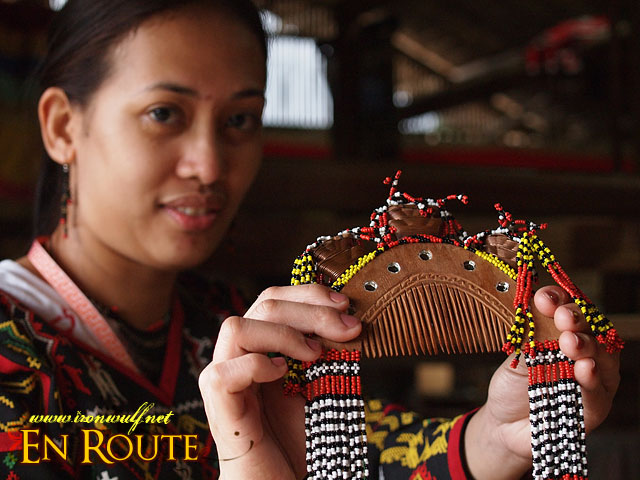
CowHed T’Boli Trade and Crafts
Along the road is COWHED (Cooperative of Women n Health and Development) where we had the pleasure of visiting on the first day. They helped us get in touch with our guides and also shed a few notes and coins from our pockets to get great value souvenirs. They’re the best place to buy souvenirs.
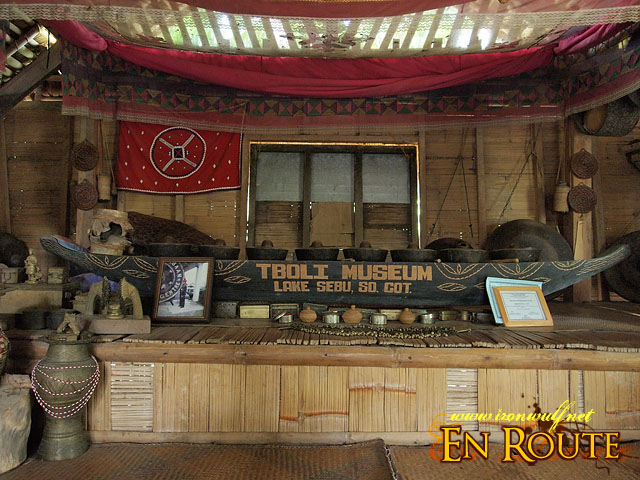
T’boli Museum
It’s not extensive but this museum built on a T’boli house contains artifacts and displays several T’boli items. It’s an interesting stop with only a P5 entrance fee.
Mixed Religions
This small mosque clearly sticks out with its yellow color and distinguishable Muslim structures on top. A short walk on the other side is a small Christian chapel with interesting woodwork on its wall panels. It just shows the presence of these different religions despite the T’boli’s animist beliefs.
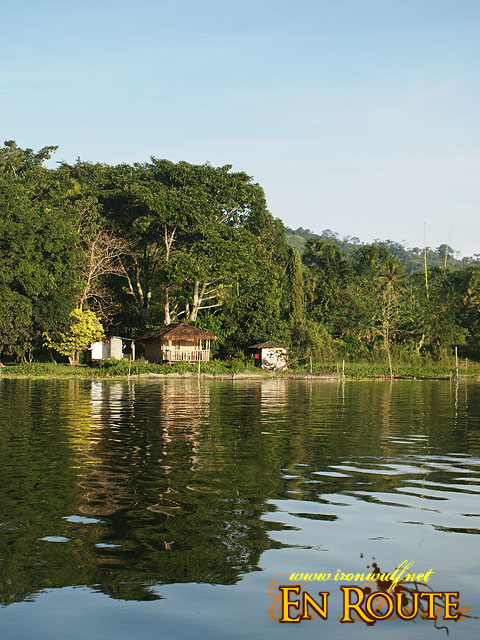
By mid day we already checked out of Estares and are headed down south to Saranggani. I’m glad I was able to go back to Lake Sebu and this time and had an in-depth look of the T’boli culture. The place is breathtaking and relaxing as we had known with a few additional attractions. And am hoping it would stay the same in the coming years.
–
Join our Backpack Photography Outdoors and Travel Photo Workshop at Bewitching Siquijor (Novmber 27-30, 2010) and Winter in Batanes (December 26-31, 2010)

Ferdz Decena is an award-winning travel photographer, writer and blogger. His works has found print in publications such as Singapore Airlines’s Silver Kris, Philippine Airlines’ Mabuhay, Cebu Pacific’s Smile and Seair InFlight. He has also lent his expertise to various organizations like the Oceana Philippines, Lopez Group Foundation, Save the Children and World Vision, contributing quality images for their marketing materials.
